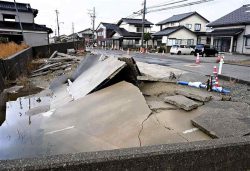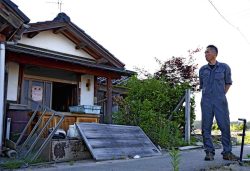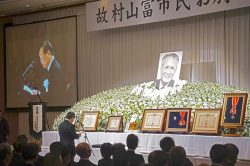Cardboard ‘Instant Houses’ Being Used at Noto Evacuation Shelters; Built to Provide Privacy, Prevent Spread of Disease
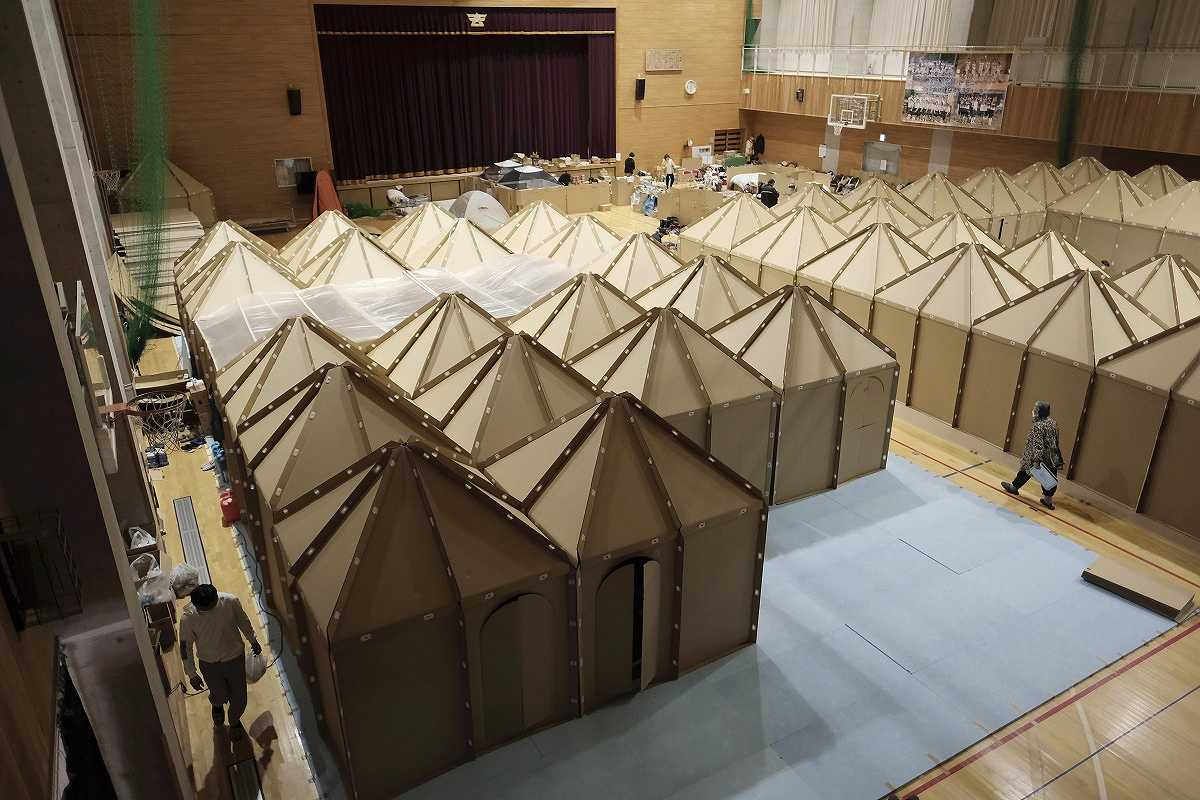
Cardboard instant houses are set up in the gymnasium of a junior high school that serves as an evacuation center in Wajima, Ishikawa Prefecture.
17:49 JST, February 10, 2024
Cardboard “instant houses” are being widely used in the areas affected by the Noto Peninsula Earthquake. The houses can be easily set up and help provide privacy and prevent the spread of infectious disease at evacuation centers where about 8,000 people are still staying.
The gymnasium of a municipal junior high school, which now serves as an evacuation center in Wajima, Ishikawa Prefecture, is filled with instant cardboard houses that accommodate 30 households — about 60 people. Each house is 2 meters long, 2 meters wide and 2.7 meters high. The 16 cardboard and plastic components that make up an instant house can be assembled by two adults in only about 15 minutes. The houses can be connected together to make a larger house, and the floors are covered with insulation.
Anri Miyashita, 32, and her three family members now sleep in three cardboard houses joined together. She says, “When I slept on the floor, the sound of people’s footsteps bothered me, but now I can sleep well.”
The design of the instant house was conceived by Keisuke Kitagawa, 49, a professor at Nagoya Institute of Technology who specializes in architecture. Kitagawa arrived at Noto Peninsula the day after the earthquake and has been installing the houses. The production cost of an indoor instant house is ¥10,000, and the waterproof outdoor version costs ¥150,000.
Kitagawa has been soliciting donations to cover production and transportation costs on the university’s website and shipping the houses free of charge to affected areas. So far, a total of 700 of these houses have been shipped to 12 evacuation centers in six cities and towns, including Wajima. He has currently received additional orders for about 3,500 houses, including those for outdoor use.
The Great East Japan Earthquake of 2011 triggered Kitagawa’s development of the instant house. An elementary school student in Ishinomaki, Miyagi Prefecture, where he visited for research, asked him: “Why does it take so long to build a house? If you are a university teacher, build it next week.” Kitagawa felt helpless.
Kitagawa then began development of a house that is lightweight, easy to transport, and can be built quickly with few materials. The design for the instant house was finalized in December. Noto is the first disaster-stricken area where these instant houses have been installed.
He aims to install them at all evacuation centers where they have been requested, and said, “We want to make evacuation life as comfortable as possible and reduce disaster-related deaths to zero.”
"Society" POPULAR ARTICLE
-

M4.9 Earthquake Hits Tokyo, Neighboring Prefectures
-

Israeli Tourists Refused Accommodation at Hotel in Japan’s Nagano Pref., Prompting Protest by Israeli Embassy and Probe by Prefecture
-

M7.5 Earthquake Hits Northern Japan; Tsunami Waves Observed in Hokkaido, Aomori and Iwate Prefectures
-

Tsukiji Market Urges Tourists to Avoid Visiting in Year-End
-
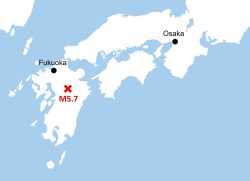
M5.7 Earthquake Hits Japan’s Kumamoto Pref., Measuring Upper 5 Intensity, No Tsunami Expected
JN ACCESS RANKING
-

Keidanren Chairman Yoshinobu Tsutsui Visits Kashiwazaki-Kariwa Nuclear Power Plant; Inspects New Emergency Safety System
-

Imports of Rare Earths from China Facing Delays, May Be Caused by Deterioration of Japan-China Relations
-

University of Tokyo Professor Discusses Japanese Economic Security in Interview Ahead of Forum
-

Tokyo Economic Security Forum to Hold Inaugural Meeting Amid Tense Global Environment
-

Japan Pulls out of Vietnam Nuclear Project, Complicating Hanoi’s Power Plans


